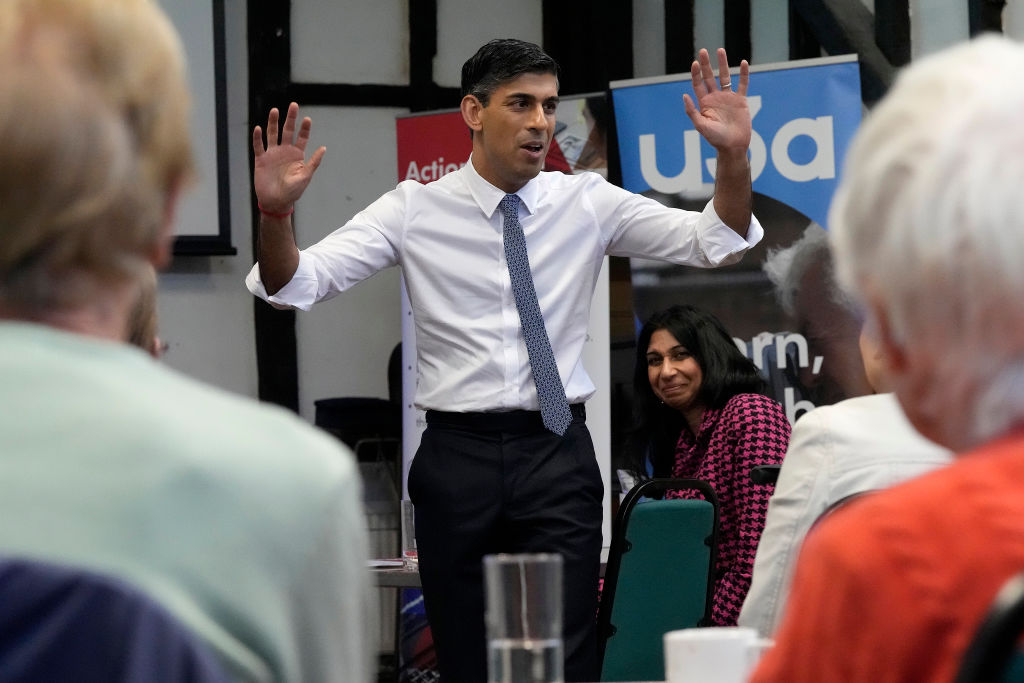The last twelve months have been traumatic for the Conservative Party. It has elected and deposed two party leaders. It has found itself caught in a financial crisis of its own making. And most recently it has faced a still largely unresolved ‘winter of discontent’ from a public sector workforce that, like much of those who are reliant on them, is unhappy about the state of public services.
The opinion polls have long since registered their estimate of the damage this sequence of dramas has inflicted on the party’s popularity. But the local elections last week provided us with the first firm evidence from across the country of actual choices in real ballot boxes.
The results make uncomfortable reading for the Conservatives. They show the party’s popularity has taken a significant knock. However, the position may not be irretrievable.
Last week’s elections were mostly for seats that were last contested in May 2019, when the Conservatives (and Labour) were split over Theresa May’s Brexit deal and had plummeted in the polls. These seats were disproportionately located in what is often termed the ‘Tory shires’. Between them these features might have led one to think the party would be protected from the worst consequences of any unpopularity.
Not a bit of it. In advance of polling day the party said it could lose a thousand seats – seemingly an attempt to inflate expectations in the hope that the damage would be less severe than that. It was not.
The Conservatives’ support was two points down on what was a poor performance four years ago. It was also four points lower than last May – only a little less than the six-point drop registered by the polls.
In advance of polling day the party said it could lose a thousand seats – seemingly an attempt to inflate expectations in the hope that the damage would be less severe than that. It was not
When projected into an estimate of what the outcome might have been if the whole of Britain had had local elections on Thursday the party was credited with just 26 per cent of the vote. That was not quite its lowest score ever on this measure – but only just.
The decline in support since last year was near universal. The party’s reputation is damaged among young and old, middle class and working class, Remainers and Leavers. Moreover, there is little sign in the results that it was simply a case of former Conservative voters staying at home – turnout actually fell least compared with last year in the most strongly Tory wards.
Rather, what there are signs of is the party losing ground among key parts of the electoral coalition Boris Johnson assembled four years ago – including, above all, Brexiteers and older voters. Compared with last year, support for the party fell by two points more in the most pro-Leave wards than in the most pro-Remain areas. Equally, it fell by three points more in wards with a high proportion of over 65s than in those with a low proportion.
This suggests that restoring Conservative fortunes will require more than steadying the ship, meeting Rishi Sunak’s targets, and providing competent government. Rather, the party will need to show it still has an appreciation of the hopes and aspirations of those who were enamoured of Boris Johnson as their Prime Minister.
Meanwhile, the party would probably be wise to try and quell the discontent of those employed in the public sector. The drop in Conservative support since last year was a point higher in wards with large numbers of public sector workers than it was where they are less numerous locally.
Yet if the last year has damaged the Conservatives significantly, the local results also suggest that while Sir Keir Starmer has improved his party’s appeal, he has still not turned it into a magnetic draw. Despite the Conservatives’ difficulties and despite being four points higher than last May in the opinion polls, the party did little more in the local ballot boxes than maintain the share of the vote it was already enjoying last year. Indeed, it was running a percentage point or two below what Ed Miliband achieved in his best local election year, 2012.
Quite likely, part of the explanation lies in the relative strength of the Liberal Democrats, the Greens, and sometimes independent candidates in local elections. They present Labour with greater competition for the support of disenchanted Conservatives than they do in Westminster ballots. Labour’s lack of positive appeal meant it did not always win that battle on Thursday.
According to Survation’s poll conducted on the eve of the local elections, nearly one in four of those who said they would vote Labour in a general election indicated that they had made a different choice for the local elections. Meanwhile, in contrast to the picture for Labour, support for both the Liberal Democrats and the Greens did edge up a little on last year.
Labour’s lack of positive appeal is the one chink of light to emerge for Conservatives from the local election results. Perhaps it means lost Tory voters might yet be won back if Mr Sunak can restore his party’s own reputation. After all, the Conservatives emerged from the 2013 local elections with an even lower share of the vote than they won this time around. Yet two years later David Cameron secured an overall majority.
But is Rishi Sunak capable of repeating Mr Cameron’s feat?






Comments